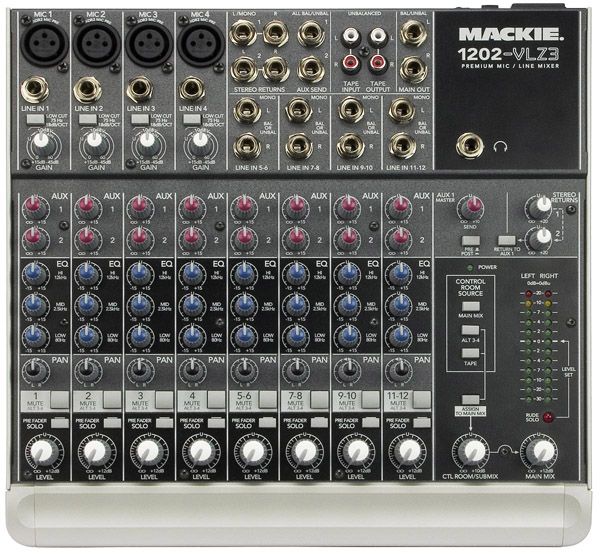![Mackie DFX-6]()
I had the chance to use this mixer a few days back at a friend’s wedding. I was in charge of sound and music…of sorts. In any case, I stationed myself close to this mixer and hooked up my laptop to channel 5/6. I must say that this mixer sounds pretty good. Its rather compact and has a whole lo of effects to chose from, making it a great mixer to use in a small pub.
![EMAC]()
Mackie has a very interesting name for their effects back, calling it EMAC. According to Mackie:
EMAC stands for Extended Multiplication and Accumulation. In non-geek terms, that means no loss of internal precision during audio processing. We started with the best proprietary reverb, delay and modulation algorithms our engineers could devise, then added 32-bit internal processing for a difference you’ll definitely hear.
Pretty interesting! There is also a Vocal Eliminator, for karaoke when you want to remove the vocals. According to Mackie, it does a pretty good job! I did not get the chance to try it though.
The sound was consistently great, as with most Mackie mixers. There is a five-band equalizer, which would suit small pubs just fine as the main mixer in say, a band for instance. There are two AUX send and returns. AUX 1 is for monitoring/foldback and AUX 2 is for the effects. I was using AUX 1 for a small Yamaha MSR100 monitor which also performed flawlessly. Channel one and two was utilised by wireless microphones that a pastor was using to register their marriage, and also to give a pretty candid speech. There is a phantom power switch to activate the phantom power but as I had no condenser mikes or active DIs to run, I did not need to use it.
So would I recommend this? Definitely. Small pubs and clubs with maybe two-piece bands would benefit from a mixer like this that just does the job. I know I liked it but for me, I would prefer a mixer with pots.
![]()
![]()


































